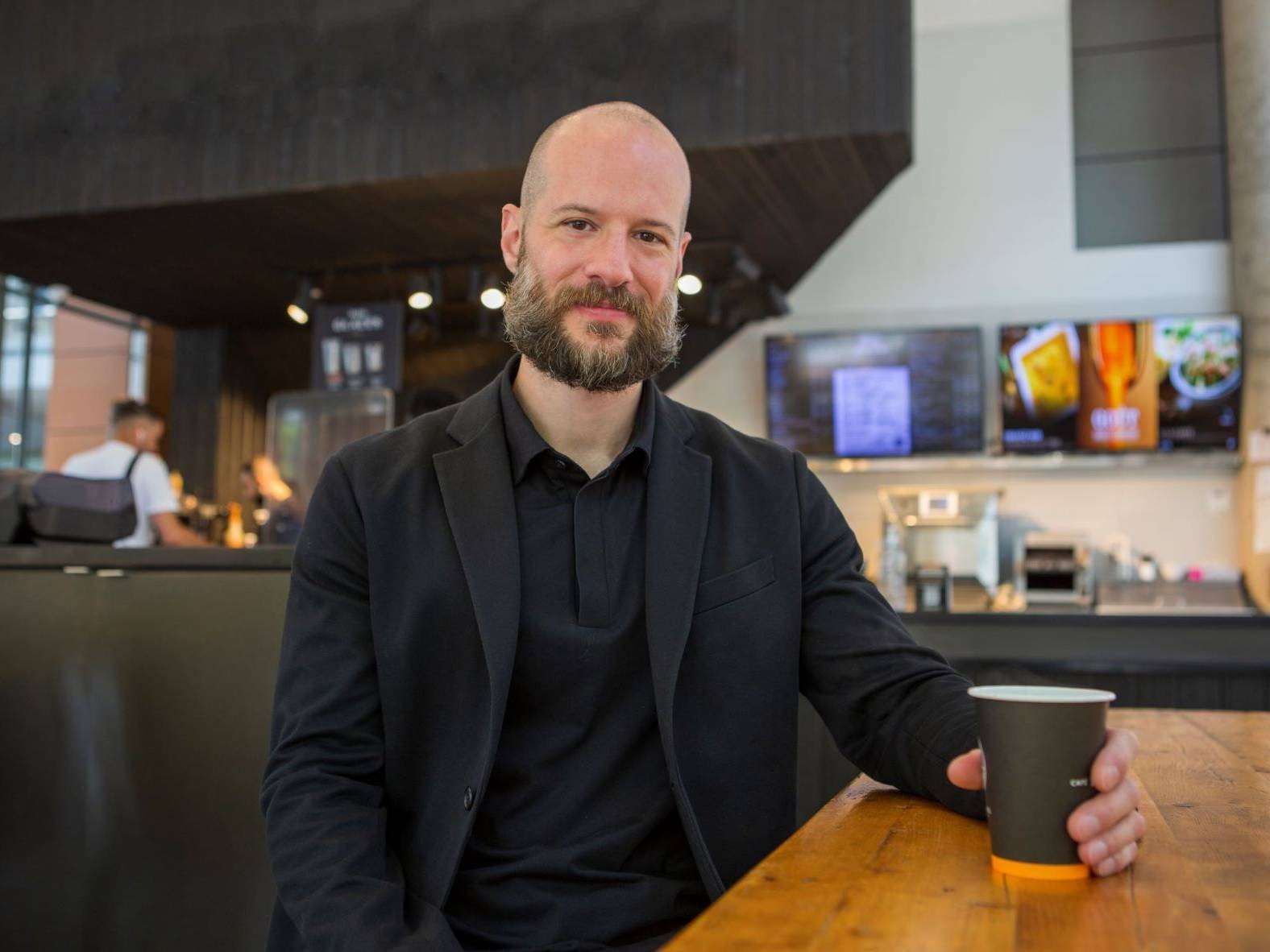Craft coffee is everywhere! New John Molson School of Business research explains how we got there

A time traveller from the early 1990s would be baffled by the coffee marketplace of 2022. What’s latte art? Or grind uniformity? Or single-origin beans? And who cares anyway?
That time traveller would discover that a lot of people care and care passionately. Just as the markets of once-mundane items like beer, beignets, chocolate or meat have diversified and specialized to appeal to more discerning consumers, so too has the coffee market.
Connoisseurs commonly discuss defining aspects of third-wave coffee such as tasting notes, regional characteristics and roasting techniques. Coffee consumption has surged in the past decades thanks in part to the growth of the craft coffee community, and big commercial players are taking notice.
That’s the topic of a paper published in the Journal of Marketing by Pierre-Yann Dolbec, associate professor of marketing at the John Molson School of Business, and his co-authors Zeynep Arsel, also an associate professor of marketing at John Molson, and assistant professor of marketing Aya Aboelenien at HEC Montreal. In it they argue that craft firms, which believe in the perfection of the aesthetic experience of coffee, have transformed how coffee is bought, sold and consumed.
"Craft firms believe that products or services should be a highly aesthetic experience," Dolbec says. For example, in coffee, the aesthetic experience — the acid notes of the brew, the latte art, the aroma — are all highly valued by craft coffee producer and consumer alike.
This contrasts with commercial firms, which seek first and foremost to maximize their profits, and whose products are designed to appeal to mass markets. Yet, the study finds that commercial firms are increasingly responding to the rise of craft firms by drawing inspiration from their highly aestheticized products and service.
 Pierre-Yann Dolbec: “Craft firms believe that products or services should be a highly aesthetic experience.”
Pierre-Yann Dolbec: “Craft firms believe that products or services should be a highly aesthetic experience.”
Specialization versus mass market
Their paper, based on research involving thousands of pages of archival data as well as extensive interviews with roasters, farmers and coffee professionals on three continents, expands beyond the mere craft vs. commercial dichotomy, however. Both blocs, the researchers note, can be broken down further.
“These firms, either craft or commercial, can have narrow or broad appeal — what we call specialist or generalist,” Dolbec explains. Each has its own target customer base and approach to pushing their respective markets forward. This can include new products, like coffee pods, or specialized equipment, such as a bean grinder that promises high uniformity.
And the barriers between the groups, he notes, are hardly rigid. They borrow from each other freely. The Starbucks famed Pumpkin Spice Latte, for instance, has been adapted countless times by craft firms with the introduction of curated spices; commercial firms have developed fully automated espresso machines that make brewing espresso easier; specialists have taken much-maligned cold brewed coffee and made it more palatable to connoisseurs by emphasizing acidity.
The researchers conclude that firms can and should continue to learn and adapt from other kinds of firms.
“All types of firms elaborate to compete against one another,” Dolbec says. “They adapt innovations from firms of the same type, they transform innovations from firms that follow a different logic and over time that leads to craft logic becoming more present in the market. Just as you have Tim Horton’s talking about homemade espresso drinks, you’ll start seeing craft firms selling their own kinds of coffee pods.”
This study received funding from the Social Sciences and Humanities Research Council of Canada.
Read the cited paper: “A Practice Perspective on Market Evolution: How Craft and Commercial Coffee Firms Expand Practices and Develop Markets.”


